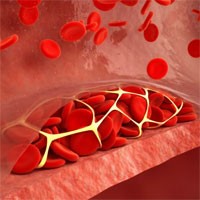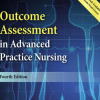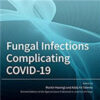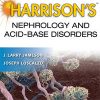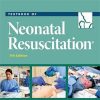ICU Isolation Hood Decreases Risk of Aerosolization During Noninvasive Ventilation with COVID-19
link.springer.com
The treatment of patients with coronavirus disease (COVID-19) needs to take into consideration not only the disease process but also the availability of medical resources and the risks of transmission to healthcare providers. Noninvasive ventilation (NIV) and oxygenation with high-flow nasal cannula (HFNC) are considered by many to be a high-risk aerosol-generating procedure.1
As such, their use is typically avoided in our institution, with mechanical ventilation being the preferred means of respiratory support in patients with COVID-19-associated respiratory failure. On a national level, however, the ventilator shortage may necessitate a shift towards NIV and HFNC to ease the pressure on scarce ventilator resources.
The use of HFNC was widely employed in China and it is also recommended by the European Society of Intensive Care Medicine.
Although there is no direct evidence in patients with COVID-19, HFNC has been shown to reduce the risk of intubation in patients with acute hypoxic respiratory failure compared with conventional oxygen therapy.
To explore the possibility of safely using HFNC in COVID-19 patients, we developed a custom-built intensive care unit isolation hood (ICUIH) with the intent to minimize contamination risk from potential aerosols generated with HFNC.
The ICUIH is disposable and can provide a negative pressure environment to contain aerosols when used with a smoke plume evacuator (Visiclear®; Buffalo Filter, Lancaster, NY, USA) or other suction source.




